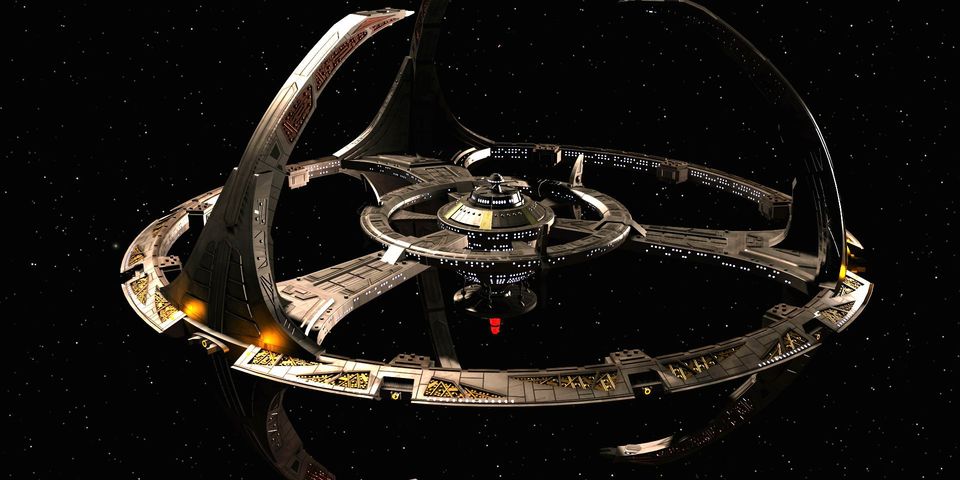
On Wednesday of this week, ‘Star Trek: Deep Space Nine‘ celebrated its twenty-fifth anniversary. Today, the show is a beloved staple of sci-fi viewing, widely praised as some of the best that the ‘Star Trek’ franchise has to offer. But that wasn’t always the case. When it aired, ‘Deep Space Nine’ was often treated as the red-headed stepchild of ‘Star Trek’.
Whether this was a product of the show’s unorthodox approach to ‘Star Trek’ (it took place on a space station, was unusually serialized for its time, and often dealt with darker subject matter than was typically associated with ‘Star Trek’, among other things) or a liberating influence, freeing the writers to try new things (In all likelihood, a bit of both), it allowed the show to carve out its own niche. After more than two decades, it’s influence is clear (particularly on ‘Star Trek: Discovery’), but there’s never been another ‘Star Trek’ quite like it.
Speaking to Variety ahead of the anniversary, former ‘Deep Space Nine’ star Rene Auberjonois shared his thoughts on what set the show apart from the pack:
“What evolved was kind of a third-child mentality of not being everyone’s cup of tea, but the people who liked it were passionate about it and really enjoyed the neurotic quality to our characters. Every single character on ‘Deep Space Nine’ had some deep psychic problem they had to work out. It was being developed at the time of the riots in Los Angeles and the burning of South Central. And also politically Bosnia and Yugoslavia. Everything was falling apart. There was a real darkness, and I think that deeply influenced the style of the show.”
Be sure to check back with ScienceFiction.com for more ‘Star Trek’ content, including our ongoing coverage of the debut season of ‘Star Trek: Discovery’, which returns from its midseason hiatus on January 7, 2018.
